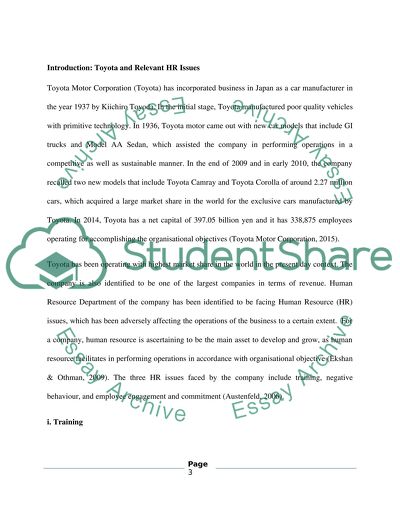Cite this document
(Advanced Human Resource in Toyota Motor Corporation Case Study, n.d.)
Advanced Human Resource in Toyota Motor Corporation Case Study. Retrieved from https://studentshare.org/human-resources/1695334-advanced-human-resource
Advanced Human Resource in Toyota Motor Corporation Case Study. Retrieved from https://studentshare.org/human-resources/1695334-advanced-human-resource
(Advanced Human Resource in Toyota Motor Corporation Case Study)
Advanced Human Resource in Toyota Motor Corporation Case Study. https://studentshare.org/human-resources/1695334-advanced-human-resource.
Advanced Human Resource in Toyota Motor Corporation Case Study. https://studentshare.org/human-resources/1695334-advanced-human-resource.
“Advanced Human Resource in Toyota Motor Corporation Case Study”, n.d. https://studentshare.org/human-resources/1695334-advanced-human-resource.


